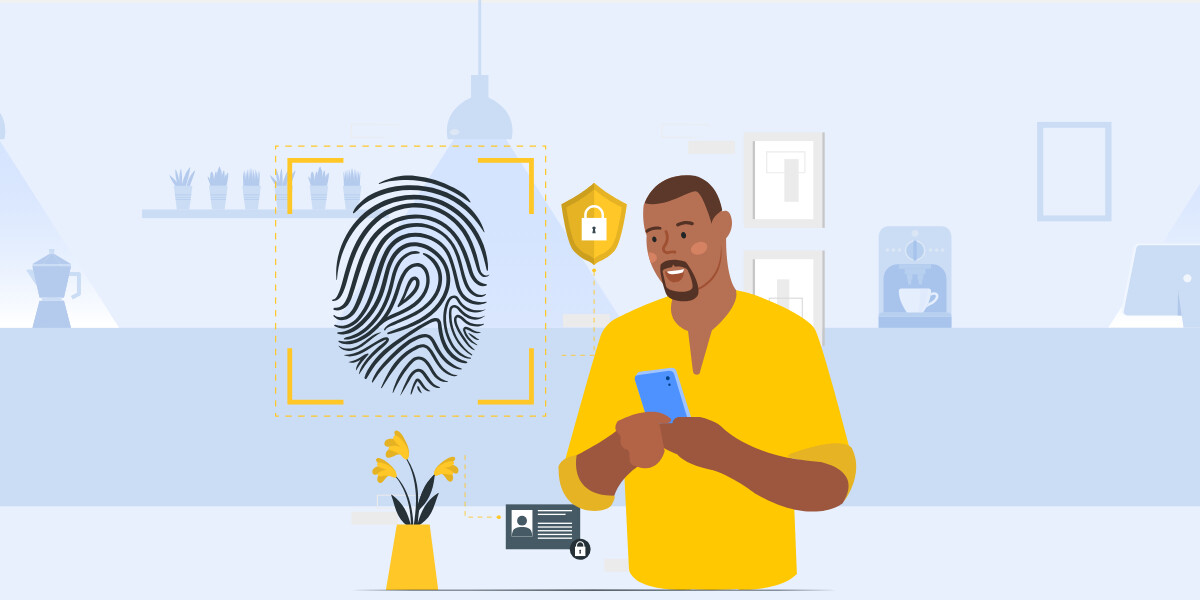
How Identity Drives Effective Personalization
Customers’ enthusiastic embrace of online, mobile, social media and omni-channel commerce is both a forcing function and result of the landscape’s ongoing digital transformation. This move to digital produces great lakes of data and in turn, great opportunities for marketers. In addition, cloud computing and big data solutions have given businesses of all sizes greater processing capability than ever before. The question is then where does one begin?
Importance of Personalization
Personalization is an increasingly important pillar of effective ecommerce and an approach that has gained a lot of attention in recent years. It is embraced by sectors well beyond its retail roots, such as utilities and logistics, financial services and automotive. And the reason is simple – even basic personalization can yield great results.
Examples of Effective Personalization
- 6% increase in sales when Marks & Spencer’s homepage reminded returning visitors of what they had previously added to their baskets.
- 12% uplift in conversion when clothing retailer Burton (part of the Arcadia group) tailored its site to a visitor’s local weather.
- 33% increase in revenue, and 34% increase in conversion, when fashion retailer Missguided implemented its personalization strategy.
In fact, McKinsey & Company found that “personalization can deliver five to eight times the ROI on marketing spend, and can lift sales by 10% or more.”
But, why is personalization so hard to get right?
There are risks. When asked, many customers are ambivalent about personalization – they are more concerned with their customer experience. In practice, most customers tacitly accept effective personalization when it helps move them along their customer journey. When it goes wrong; however, it is a jarring experience. Personalization done poorly is either expensively ineffective or, worse, positively toxic. It feels intrusive and “creepy” and that creepiness factor can cause a 5% reduction in intent to purchase.
The Key to Effective Personalization
The key to effective personalization is to go deeper. You can only personalize if you know the person.
Too often, organizations have the data they need, but in separate silos on both sides of the corporate firewall. To be effective, personalization needs to be identity-driven – bringing all of an individual’s information together to enable intelligent, context- sensitive interaction.

